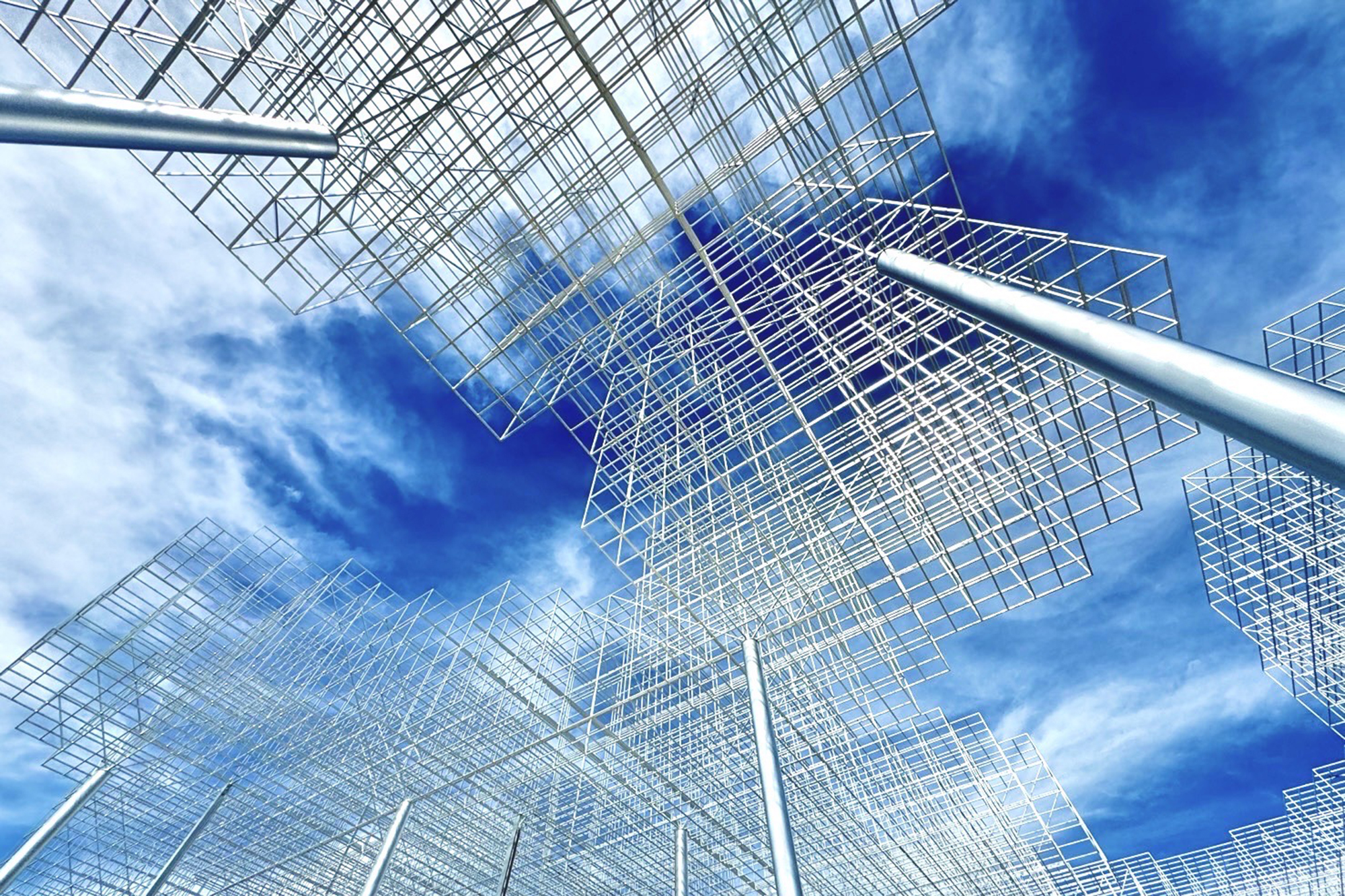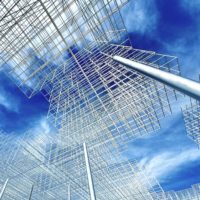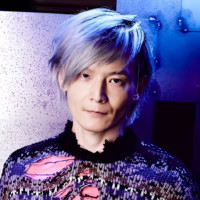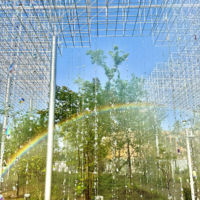Digital technology combines with art and nature in a collaborative space at Osaka’s Expo 2025 where experts from diverse fields work together to help us envision a future beyond individual differences.
Better Co-Being, one of Expo 2025’s signature pavilions, “explores the potential for creating new connections by encouraging individuals … to interact with others and the natural environment” under the theme “Resonance of Lives,” said pavilion producer Hiroaki Miyata, a professor of medicine at Keio University.
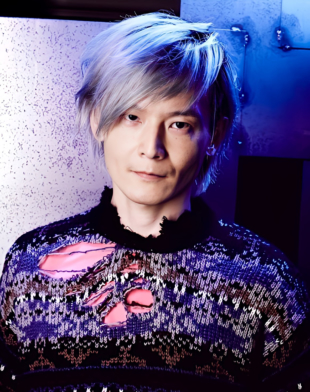
Miyata said the world faces a turning point as digital technology transforms society in ways that accelerate division and inequity. “But technology is a tool. Whether it brings about good things or not depends on how we use it,” he continued. “We are asked how to depict a future where we live together by embracing our differences.”
Better Co-Being integrates various fields — technology, art, architecture, philosophy and music. “In other words, it is a composite art form,” Miyata said in a recent interview with The Japan Times.
The open-air pavilion in a corner of the Forest of Tranquility has a silver layered open-grid canopy that looks like clouds in the sky. The structure and its associated technologies and art objects amid an environment of trees, grass and trails encourage visitors to feel a resonance with each other.
“The open sky” is another keyword for the pavilion, as the sky signifies a world without boundaries. In the surrounding forest, there are five art installations designed by artists from abroad.
The pavilion is divided into three sequences, each with a specific theme. Visitors form groups with others arriving at the same time. “There are a variety of artworks and related mechanisms, letting visitors pause for a while or stop to read about the artworks presented at the site,” Miyata said.
They start in a pavilion offering each of them a stone-like “echorb” to carry around, innovations from Murata Manufacturing Co. that use 3D haptic technology to shine, make sounds and vibrate in response to being held in ways that seemingly lead visitors through the pavilion and make it possible for them to feel their own heartbeat in their hands.
A special app provided by Obayashi Corp. can show an explanation of each art installation. In addition, it can analyze and express “the experiences of visitors gathered at that moment based on the seven themes of the expo,” according to the pavilion’s website.
This can generate “an inner landscape shaped by the feelings of those who spend time together, reflecting what they sympathize with and find as values in themselves,” Miyata said.
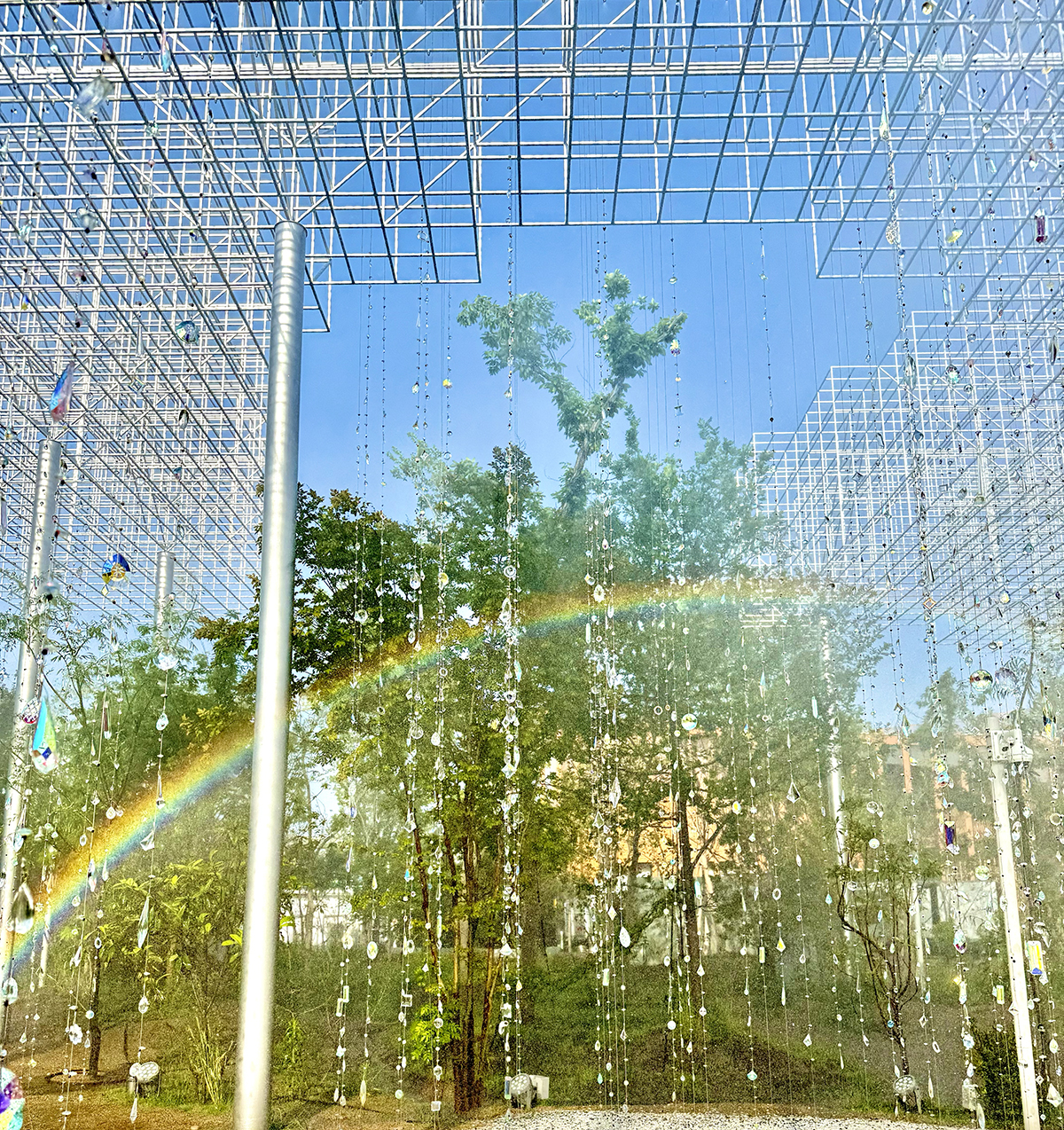
Part of Sequence 1, whose theme is “Resonance between people,” is an installation by artist Chiharu Shiota on a small hill. The “Hill of Language” has red threads stretched in multiple layers with floating letters conveying phrases in various languages, including “breath of the earth” and “invisible link,” floating among them, representing invisible connections across different cultures.
The theme of Sequence 2 is “Resonance between people and the world.” Walking down the hill, visitors hear “Counter Voice Network” by artist Tatsuo Miyajima, in which overlapping voices count down in multiple languages, though never reaching zero. As visitors approach the source of each voice, their apps show the person’s name and language, plus related stories.
Sequence 3 has the theme “Resonance between people and the future.” With the idea of “the greatest well-being with diversity and inclusion,” a key principle of the pavilion, Miyata and his art group EiM designed an installation of about 400 varied suncatchers, suspended on wires, that refract sunlight into rainbow colors.
At the end of their trip, visitors’ behavior and reactions, as well as weather conditions, are combined to reflect a vision of their future as visual art on the surface of a huge orb.
If one looks up, the pavilion’s canopy features an open space at the center, indicating the sky. “It means we will create a future together by resonating with each other under an open sky,” Miyata said.
For more information on Better Co-Being, please visit
https://co-being.jp/expo2025/e



